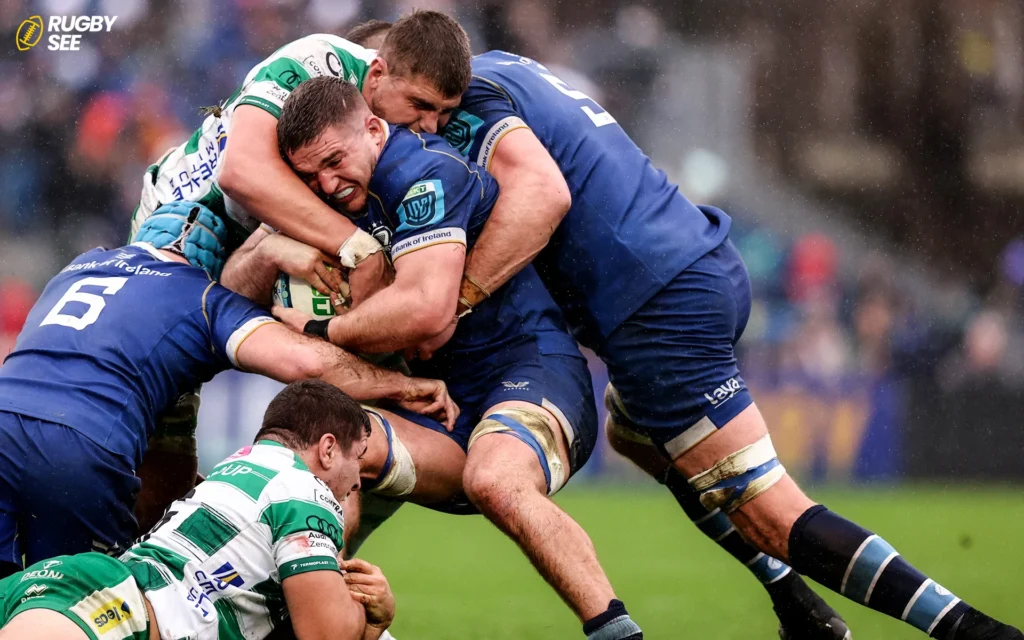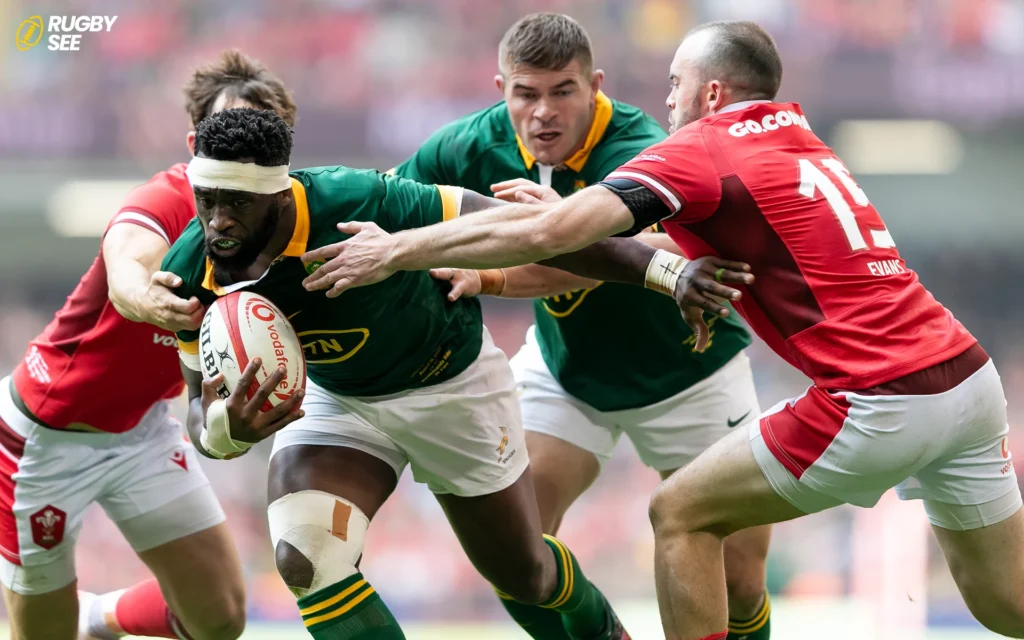In the world of sports, rugby stands out for its physical demands, requiring players to possess a unique combination of size, strength, speed, and endurance. For fans and aspiring athletes alike, a common question is, “How do rugby players get so big?” This article dives into the multifaceted approach that rugby players use to achieve their formidable size and physicality, including training regimes, nutrition, recovery strategies, and the role of genetics.
The Foundation of Size: Strength and Conditioning Training
The cornerstone of a rugby player’s training is a well-structured strength and conditioning program. This program is meticulously designed to enhance muscle mass, strength, and overall physical performance.
Strength Training
Rugby players engage in comprehensive strength training routines that target all major muscle groups. Exercises such as squats, deadlifts, bench presses, and rows are staples, focusing on building a strong, powerful base. These exercises not only increase muscle size but also improve the players’ ability to exert force, a crucial aspect of rugby.
Power and Explosiveness
To translate strength into game-winning plays, rugby players also focus on power and explosiveness. Plyometric exercises, like box jumps and medicine ball throws, and Olympic lifts, such as the clean and jerk, are integral to developing the explosive power needed for tackling, sprinting, and evading opponents.

Conditioning Work
Despite the emphasis on size, rugby players must also maintain high levels of fitness to endure the demands of an 80-minute match. Conditioning work often includes interval training, sprint drills, and agility exercises, ensuring players can carry their size effectively throughout the game.
The Role of Nutrition: Fueling Growth
Proper nutrition is paramount for rugby players looking to increase their size and physicality. A diet rich in protein, carbohydrates, and healthy fats provides the necessary fuel for recovery and muscle growth.
Protein for Muscle Repair
Protein is crucial for repairing and building muscle tissue damaged during intense training sessions. Rugby players consume high amounts of protein from sources like lean meats, fish, dairy, and plant-based proteins to support muscle recovery and growth and if you want to know about Rugby league Or union read should i play rugby league or union.
Carbohydrates for Energy
Carbohydrates are the primary energy source for high-intensity training and matches. Players prioritize complex carbohydrates, such as whole grains, fruits, and vegetables, to maintain energy levels and support overall performance.
Healthy Fats for Recovery
Healthy fats play a key role in inflammation control and recovery. Avocados, nuts, seeds, and oily fish are part of rugby players’ diets, providing essential fatty acids that support the body’s recovery processes.

Recovery: An Essential Component
Recovery is just as important as training and nutrition in a rugby player’s regime. Adequate rest, including quality sleep, is vital for muscle growth and repair. Additionally, rugby players often use techniques such as ice baths, massage therapy, and compression garments to accelerate recovery and reduce the risk of injury.
The Genetic Factor
While training, nutrition, and recovery are critical, genetics also play a significant role in a player’s ability to get big. Natural body type, muscle fiber composition, and hormone levels can influence how easily a player gains muscle and size. However, with the right approach, players of various genetic backgrounds can achieve significant improvements in size and strength.
Tailored Programs and Professional Guidance
Rugby players often work with strength and conditioning coaches, nutritionists, and medical professionals to tailor their training and nutrition plans to their individual needs. This personalized approach ensures that each player maximizes their potential for growth and performance.
While the foundational elements of training, nutrition, and recovery are crucial, there are additional strategies and considerations that rugby players can incorporate into their regimen to further enhance their size and physical capabilities.
Advanced Training Techniques
As players progress, incorporating advanced training techniques can help overcome plateaus and stimulate further muscle growth and strength gains. Techniques such as supersets, drop sets, and eccentric training can add intensity and variety to workouts, challenging the muscles in new ways and promoting hypertrophy.
Supersets and Drop Sets
Supersets involve performing two exercises back-to-back with minimal rest, often targeting opposing muscle groups. This approach can increase the intensity of workouts and the total volume of work done, crucial for muscle growth. Drop sets, reducing the weight after reaching muscle failure and continuing to lift, help in maximizing muscle fatigue and growth.
Eccentric Training
Focusing on the eccentric (lowering) phase of an exercise can also be particularly beneficial. Eccentric training is known for its ability to cause microtears in muscle fibers, leading to significant muscle repair and growth. Incorporating slow, controlled eccentric phases can enhance strength and size gains.

Nutritional Supplementation
While whole foods should form the bulk of a rugby player’s diet, supplements can play a supportive role, especially in meeting the high protein requirements and supporting recovery.
Protein Supplements
Whey protein, casein, and plant-based protein powders can help players meet their daily protein needs, especially when whole food sources are not available or practical.
Creatine
Creatine is one of the most researched supplements in sports nutrition, known for its ability to increase power output and muscle mass. Rugby players may benefit from supplementing with creatine to enhance performance in short, high-intensity efforts and support muscle growth and if you want to know about getting Concussions in Rugby read Do Rugby Players Get Concussions.
Omega-3 Fatty Acids
Supplementing with omega-3 fatty acids can support recovery by reducing inflammation and improving heart health, essential for athletes undergoing intense training.
Psychological Resilience and Mental Toughness
Building size and strength is not just a physical challenge but also a mental one. Rugby players must develop psychological resilience and mental toughness to push through demanding workouts, adhere to strict nutrition plans, and recover from setbacks or injuries. Techniques such as goal setting, visualization, and mindfulness can help players maintain focus and motivation.
Community and Team Dynamics
The support of teammates and coaches can significantly impact a player’s ability to grow and improve. Training in a team environment provides motivation, encouragement, and healthy competition, pushing players to achieve their best. Coaches can offer invaluable feedback and adjustments to training and nutrition plans, ensuring players are on the right track.
Getting big as a rugby player is a complex process that involves a combination of rigorous training, precise nutrition, dedicated recovery, and an understanding of one’s genetic potential. It’s not just about lifting weights or eating more; it’s about a holistic approach that balances all aspects of physical development. For aspiring rugby players, emulating the strategies used by professionals—under the guidance of experienced coaches and healthcare providers—can lead to significant gains in size, strength, and overall performance on the field.










